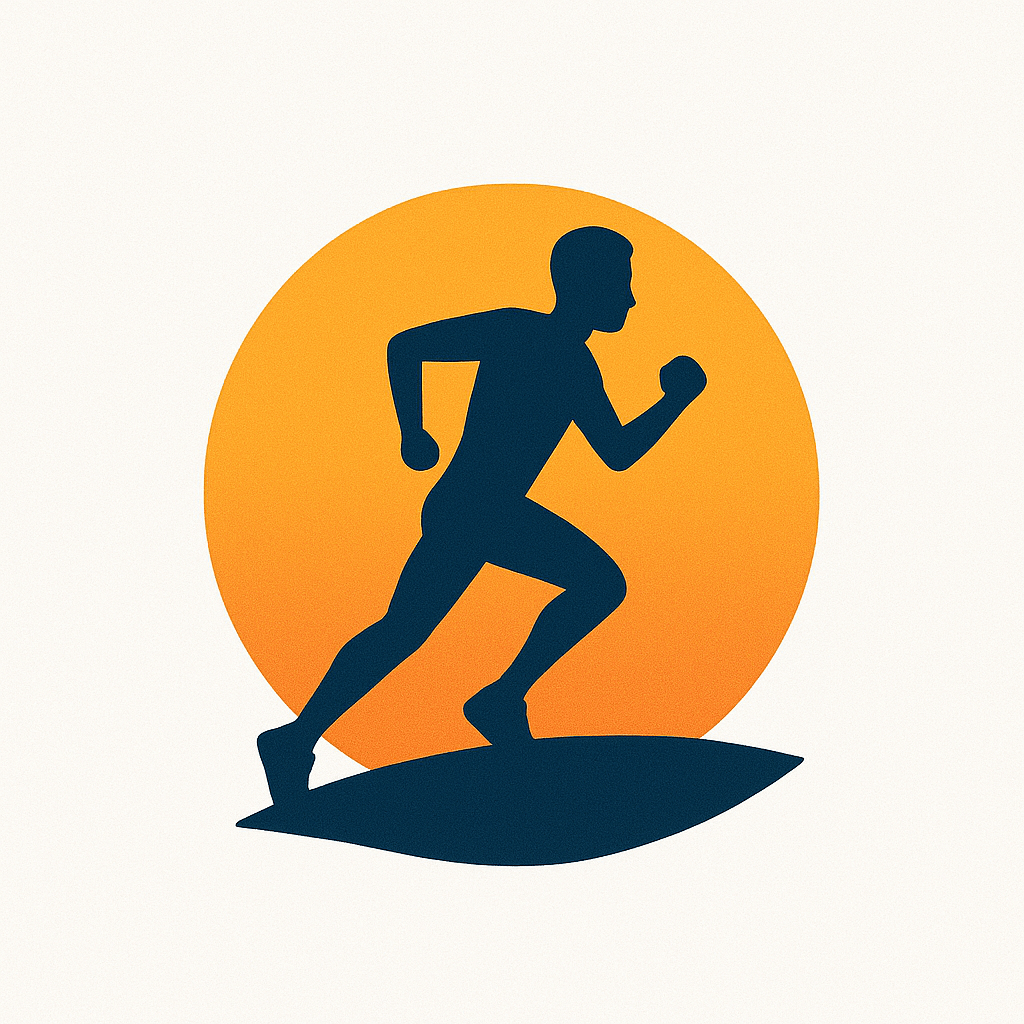Why Your Heart (Rate) Matters
You lace up your shoes. You’re ready to sweat. You push hard, maybe even chase that personal best — only to feel drained, frustrated, or worse… stuck.
If that sounds familiar, you’re not alone.
Many runners unknowingly train in a zone that’s too hard to recover from but too easy to improve from. It’s called the “gray zone,” and it’s where progress stalls.
But what if there was a way to train that’s rooted in your body’s signals, not your ego?
That’s what heart rate training offers.
By listening to your heart, quite literally, you can run smarter, avoid burnout, and actually enjoy the journey more — even if it means slowing down at first.
Let’s dive into how heart rate training works, why it’s a game-changer, and how you can get started today.
What Is Heart Rate Training, Really?
The Basics: How It Works
Heart rate training means structuring your workouts based on your heart’s beats per minute (BPM), rather than pace or perceived effort alone.
Your heart rate reflects how hard your body is working. By targeting specific heart rate “zones,” you can tailor your runs to build endurance, speed, or recovery more efficiently.
Why Runners Are Turning to Heart Rate Training
Elite marathoners use it. So do everyday runners juggling jobs, families, and the occasional Netflix binge.
Why?
Because it works.
Heart rate training teaches your body to become more efficient. It helps prevent overtraining, reduces injury risk, and encourages you to build a stronger aerobic base — the foundation for every personal best you’ll ever run.
Finding Your Heart Rate Zones
Max Heart Rate: The Key Number
First, you need your maximum heart rate (HRmax) — the highest number of beats per minute your heart can handle during max effort.
A simple formula:
220 – your age
(Not perfect, but a fine place to start.)
More accurate? A lab test or a field test — like running intervals and measuring your peak HR.
Once you have your HRmax, you can define your training zones.
The 5 Training Zones Explained
Each zone has a purpose:
- Zone 1 (50–60% HRmax): Active recovery. Super easy. Great for cooldowns or rest days.
- Zone 2 (60–70% HRmax): Aerobic base. Feels slow. Builds endurance. You should be able to hold a conversation here.
- Zone 3 (70–80% HRmax): Tempo-ish. Often the “gray zone” where many overtrain. Okay in small doses.
- Zone 4 (80–90% HRmax): Hard. Intervals or threshold runs. Improves speed and fitness.
- Zone 5 (90–100% HRmax): Max effort. Sprints, race finishes. Use sparingly.
Start by focusing mostly on Zone 2. It’s not sexy. It’s not fast. But it builds a bulletproof aerobic engine.
Getting Started with Heart Rate Training
What You Need: Tools & Tech
To measure your heart rate, you’ll need:
- Heart Rate Monitor: Chest straps are most accurate (like Polar or Garmin).
- Smartwatch: Wrist-based sensors (e.g., Apple Watch, Coros, Garmin) are convenient but can be less precise.
- App Integration: Strava, TrainingPeaks, or your watch’s native app will track your heart rate zones and trends.
Pro tip: Always wear your monitor the same way, in the same spot, and give it a few minutes to settle before trusting early numbers.
How to Build Your First HR-Based Plan
Begin with 3–4 runs per week, mostly in Zone 2.
Sample week:
- Mon – Rest or walk
- Tue – 30 min Zone 2
- Wed – Rest or cross-train
- Thu – 40 min Zone 2 + short Zone 3 finish (optional)
- Sat – Long run in Zone 2
- Sun – Easy walk or yoga
Avoid frequent running in Zone 3 unless it’s intentional. Think: polarize your training — mostly easy, occasionally hard.
Real Talk: Challenges and Mental Shifts
The Frustration of Slowing Down
Heart rate training will humble you.
You might find yourself walking up hills or getting passed by joggers with strollers — and that’s okay.
Your ego will resist it. But your physiology will thank you.
You’re teaching your body to burn fat, manage oxygen, and recover faster. It’s like putting in slow, steady deposits in your fitness bank — and soon, the interest will explode.
Listening to Your Body AND Your Watch
Your heart rate is influenced by:
- Sleep
- Stress
- Caffeine
- Temperature
- Dehydration
So trust trends, not isolated numbers.
And always pay attention to how you feel. If your HR is spiking for no reason, it’s a signal — not a sentence.
Train Smarter, Run Freer
Heart rate training isn’t just about running better.
It’s about reconnecting with your body. With your rhythm. With the joy of movement for movement’s sake.
When you stop chasing speed and start tuning into effort, something shifts. You enjoy the run more. You get stronger, quieter, calmer — both inside and out.
So yes, you may need to slow down to speed up.
But trust me: when you do, you’ll find a new kind of freedom on the road.
One that beats to your own heart.






Leave a Reply